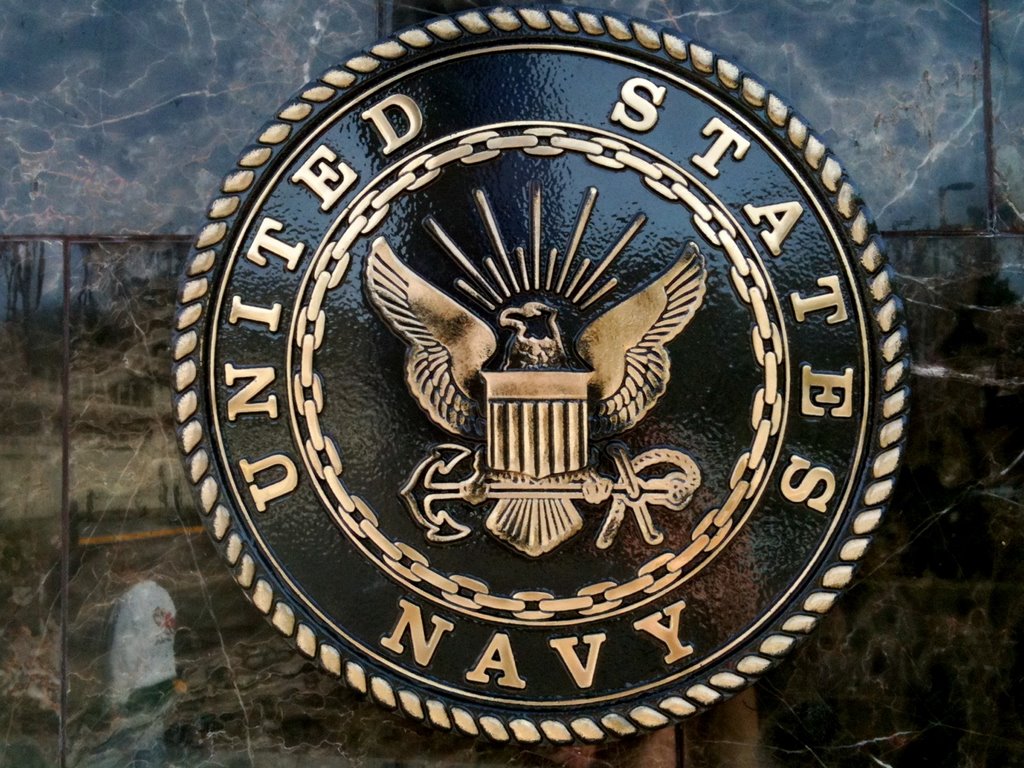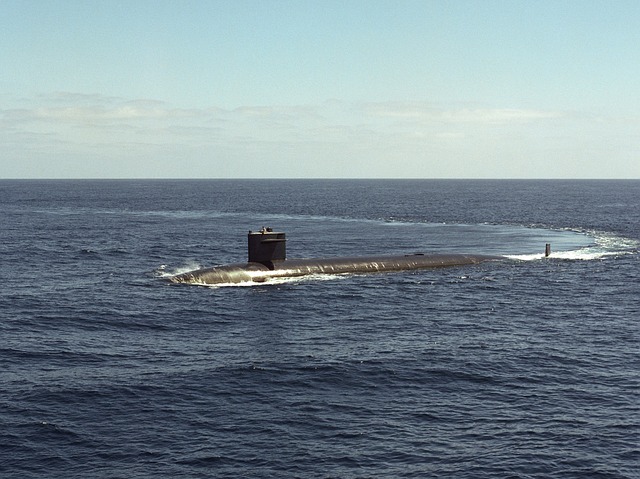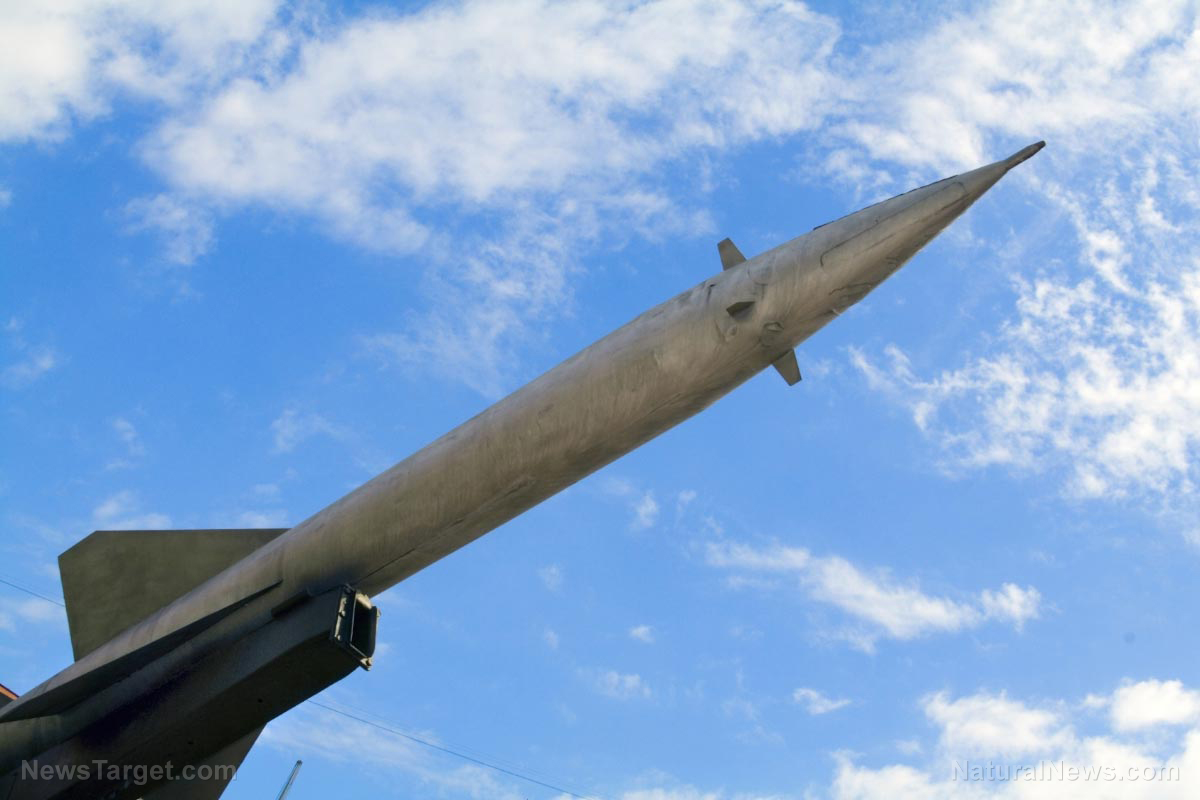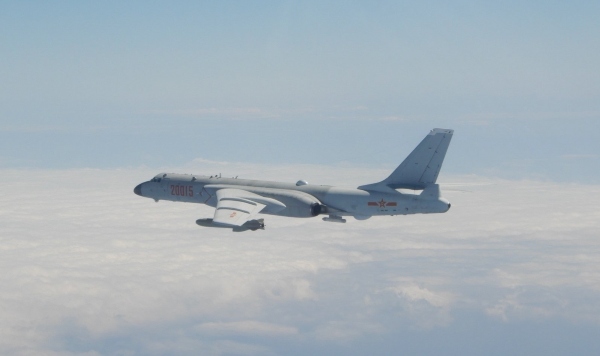Maintenance and supply chain issues hobble the Navy’s deadliest new submarine
06/24/2021 / By Franz Walker
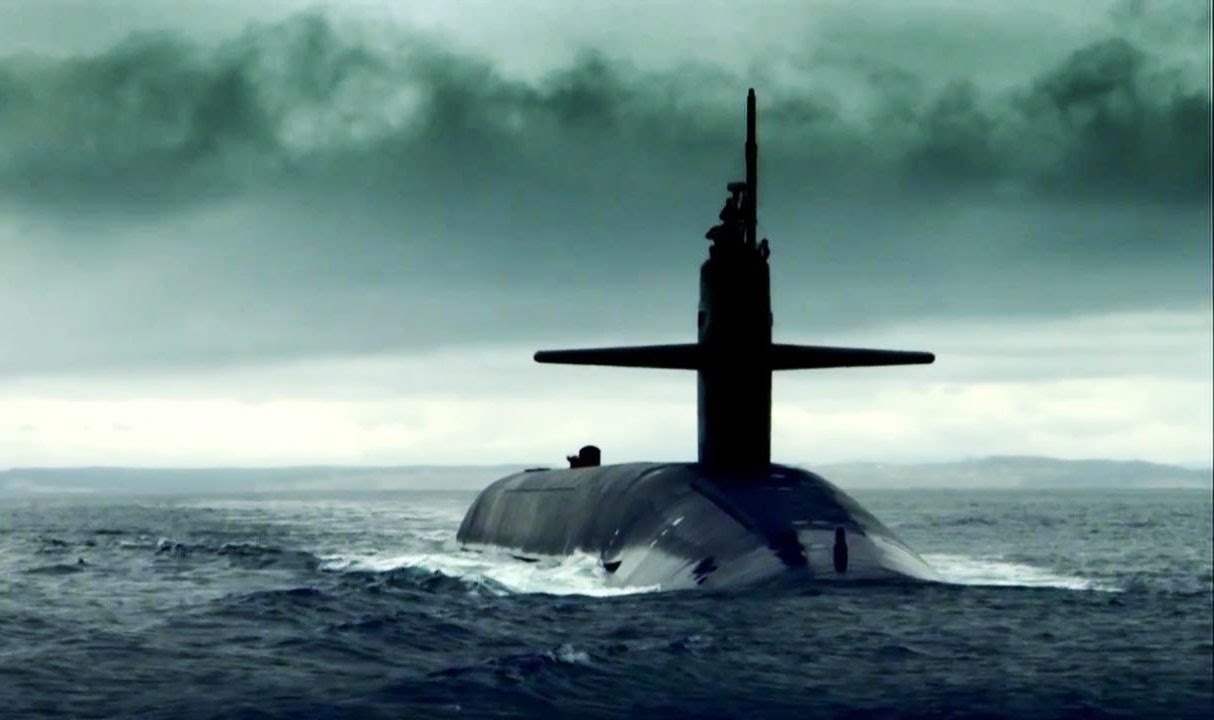
The U.S. Navy has been forced to swap more than 1,600 parts in its new Virginia-class submarines since 2013 to ease maintenance bottlenecks as components wear out decades sooner than planned.
According to data from the Naval Sea Systems Command and the Congressional Budget Office, parts for the $166 billion nuclear fast-attack submarines are being shuttled regularly among the vessels so that they can return to operation.
Navy cannibalizing parts to keep subs afloat
Built by General Dynamics and Huntington Ingalls Industries, the 48-vessel Virginia class is meant to serve as the pillar of the Navy’s undersea strategy moving into the 21st century. It’s meant to counter China’s growing surface fleet, with each succeeding model or “block” receiving increasing firepower. The subs can stay on patrol underwater for months, able to strike and surface vessels or land targets with Tomahawk cruise missiles and fight against enemy submarines with torpedoes. (Related: China unveils new nuclear submarine that can strike any city in America.)
The perceived effectiveness and importance of the Virginia class is such that Congress has continually pushed the Navy to increase construction rates for the submarines from two vessels a year to three.
But even the most advanced warships require periodic maintenance. The Navy is finding out that the Virginia class requires more frequent maintenance than originally projected as parts originally meant to last 33 years are wearing out decades before they’re supposed to.
“There are parts on the Virginia class that we thought were going to be life-of-the-submarine parts, and they are failing more quickly than we originally envisioned so we have to go back and find alternate sources for those parts,” explained acting Secretary of the Navy Thomas Harker during a Senate Armed Forces Committee hearing.
What’s more, if a part isn’t available for a sub that’s under maintenance, shipyard workers may be forced to borrow, or “cannibalize,” that part from another submarine entering maintenance to reduce delays. Most of the cannibalized parts are for electronic systems not related to the subs’ nuclear propulsion systems, but the Navy declined to specify which, citing operational security.
The number of cannibalized parts for the submarines, the first of which entered service in 2004, has increased from 100 in 2013 to 171 in 2016, 201 in 2018 and 452 in 2019 before declining to 318 last year. In total, the Navy has had to swap over 1,600 parts since 2013.
Navy, other services facing supply chain issues
The shortage of parts is a readiness issue that goes in line with concerns that “the Navy is not investing enough in maintenance, supply chains and shipyard infrastructure,” says Bryan Clark, a former special assistant to the chief of naval operations.
“The Navy may have been too slow to act on indications that some components were wearing out faster,” added Clark, who’s now a naval analyst with the Hudson Institute.
For his part, Harker admitted that the Navy was having supply chain issues.
“The Navy is aware there are some challenges with some of the Virginia-class supply chains,” said Harker to the Senate Armed Forces Committee during the hearing.
While the parts wearing out much faster than expected is the main culprit in the subs’ maintenance issues, they’re being compounded by the supply chain issues brought about by the Wuhan coronavirus (COVID-19) pandemic.
The supply chain disruptions brought about by COVID-19 have highlighted just how dependent the U.S. supply chain is on products from adversarial nations.
“Those of us who have understood the vulnerability within the supply chain, the pandemic only heightened it and made us aware of the amount of reliance we’ve had on our adversaries,” stated Katie Arrington, Chief Information Security Officer for Acquisition for the Office of the Under Secretary of Defense for Acquisition and Sustainment.
During the National Defense Industrial Association’s Special Operations/Low-Intensity Conflict conference last year, Arrington confirmed that the Pentagon was currently working to scale back its reliance on nations of concern by “positioning our supply chains and our capabilities in allied partners countries … that serve not just our [military] needs, but our commercial needs as well.”
Whether these efforts will help speed up maintenance on the Virginia class subs soon is unknown. That said, the Navy is projecting that the number of parts being cannibalized to keep the subs running will drop to 82 between this year and next.
Follow MilitaryTechnology.news for more on the supply chain issues being faced by America’s armed forces.
Sources include:
Tagged Under: cannibalization, logistics, maintenance, military, military technology, Navy, Pentagon, SSN-774, submarine, supply chain, U.S. Navy, virginia class, virginia class submarine
RECENT NEWS & ARTICLES
COPYRIGHT © 2018 MILITARYTECH.NEWS
All content posted on this site is protected under Free Speech. MilitaryTech.news is not responsible for content written by contributing authors. The information on this site is provided for educational and entertainment purposes only. It is not intended as a substitute for professional advice of any kind. MilitaryTech.news assumes no responsibility for the use or misuse of this material. All trademarks, registered trademarks and service marks mentioned on this site are the property of their respective owners.














